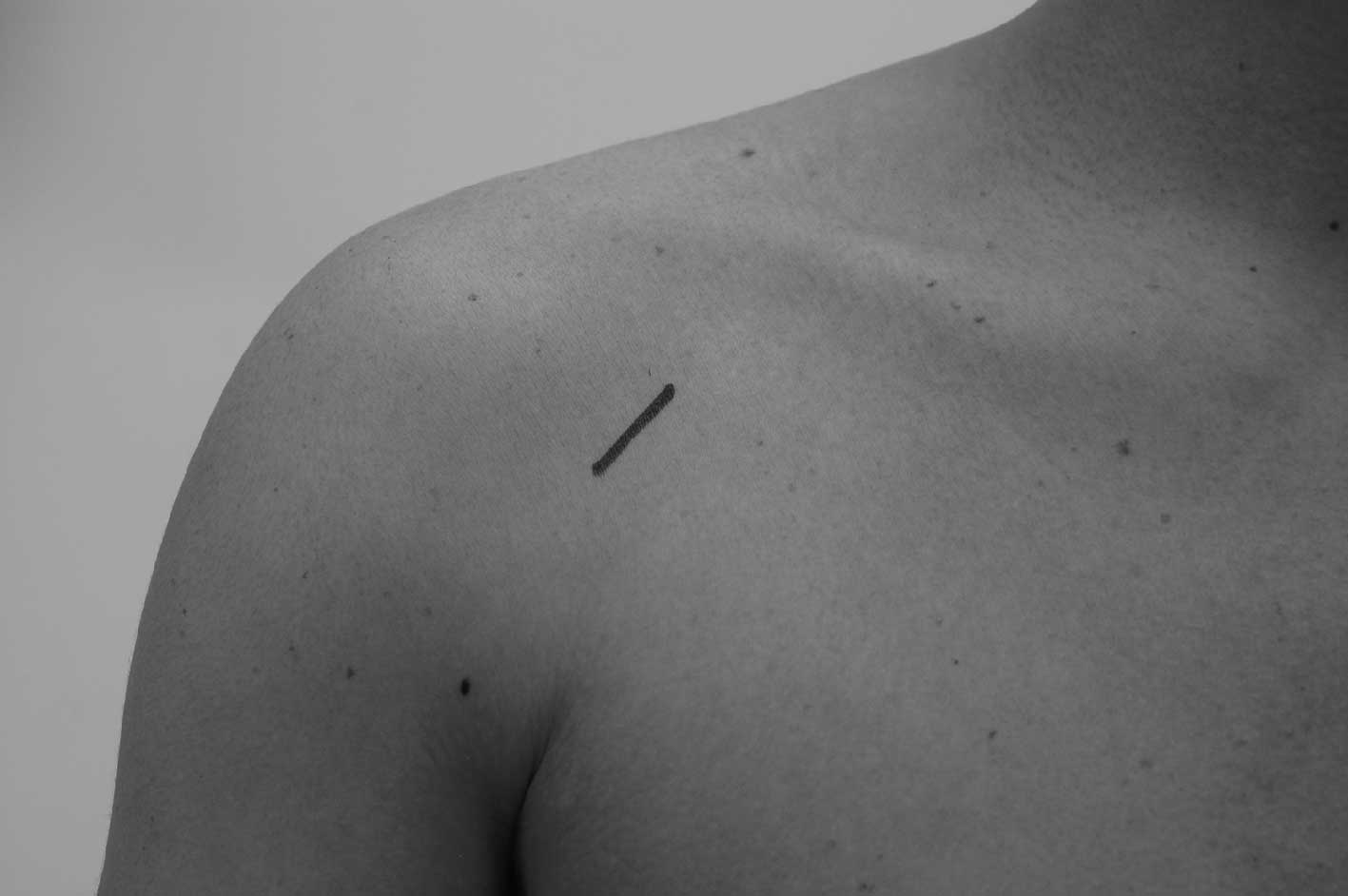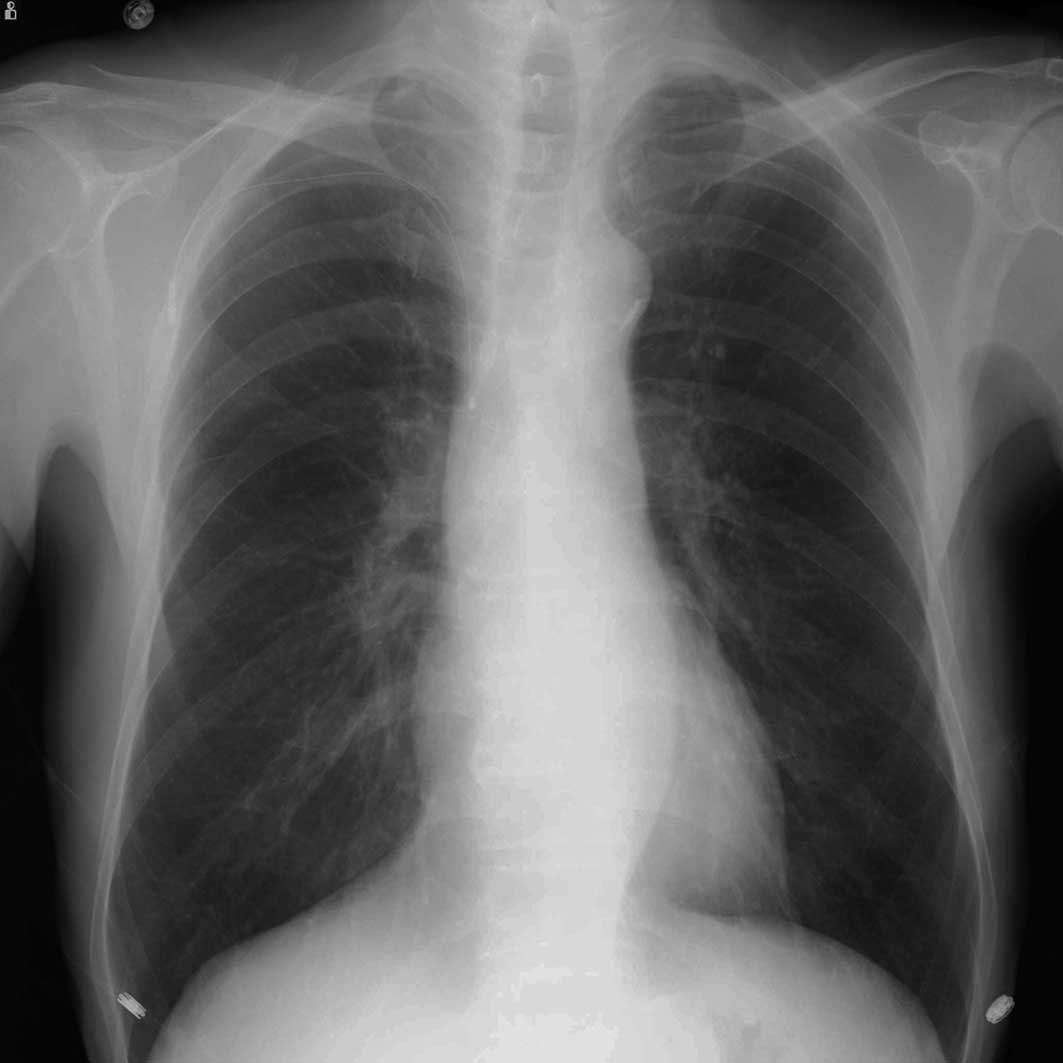|
1
|
Biffi R, de Braud F, Orsi F, et al:
Totally implantable central venous access ports for long-term
chemotherapy. A prospective study analyzing complications and costs
of 333 devices with a minimum follow-up of 180 days. Ann Oncol.
9:767–773. 1998. View Article : Google Scholar
|
|
2
|
Kincaid EH, Davis PW, Chang MC,
Fenstermaker JM and Pennell TC: ‘Blind’ placement of long-term
central venous access devices: report of 589 consecutive
procedures. Am Surg. 65:520–524. 1999.
|
|
3
|
Poorter RL, Lauw FN, Bemelman WA, Bakker
PJ, Taat CW and Veenhof CH: Complications of an implantable venous
access device (Port-a-Cath) during intermittent continuous infusion
of chemotherapy. Eur J Cancer. 32A:2262–2266. 1996. View Article : Google Scholar : PubMed/NCBI
|
|
4
|
Nightingale CE, Norman A, Cunningham D,
Young J, Webb A and Filshie J: A prospective analysis of 949
long-term central venous access catheters for ambulatory
chemotherapy in patients with gastrointestinal malignancy. Eur J
Cancer. 33:398–403. 1997. View Article : Google Scholar : PubMed/NCBI
|
|
5
|
Di Carlo I, Barbagallo F, Toro A, Sofia M,
Lombardo R and Cordio S: External jugular vein cutdown approach, as
a useful alternative, supports the choice of the cephalic vein for
totally implantable access device placement. Ann Surg Oncol.
12:1–4. 2005.PubMed/NCBI
|
|
6
|
Di Carlo I, Fisichella P, Russello D,
Puleo S and Latteri F: Catheter fracture and cardiac migration: a
rare complication of totally implantable venous devices. J Surg
Oncol. 73:172–173. 2000.PubMed/NCBI
|
|
7
|
Povoski SP: A prospective analysis of the
cephalic vein cutdown approach for chronic indwelling central
venous access in 100 consecutive cancer patients. Ann Surg Oncol.
7:496–502. 2000. View Article : Google Scholar : PubMed/NCBI
|
|
8
|
Di Carlo I, Cordio S, La Greca G, et al:
Totally implantable venous access devices implanted surgically: a
retrospective study on early and late complications. Arch Surg.
136:1050–1053. 2001.PubMed/NCBI
|
|
9
|
Sarzo G, Finco C, Parise P, et al:
Insertion of prolonged venous access device: a comparison between
surgical cutdown and percutaneous techniques. Chir Ital.
56:437–442. 2004.PubMed/NCBI
|
|
10
|
Chang HM, Hsieh CB, Hsieh HF, et al: An
alternative technique for totally implantable central venous access
devices. A retrospective study of 1311 cases. Eur J Surg Oncol.
32:90–93. 2006. View Article : Google Scholar : PubMed/NCBI
|
|
11
|
Le Saout J, Vallee B, Person H, Doutriaux
M, Blanc J and Nguyen H: Anatomical basis for the surgical use of
the cephalic vein (V. Cephalica). 74 anatomical dissections
189 surgical dissections. J Chir. 120:131–134. 1983.PubMed/NCBI
|
|
12
|
Andris DA, Krzywda EA, Schulte W, Ausman R
and Quebbeman EJ: Pinch-off syndrome: a rare etiology for central
venous catheter occlusion. J Parenter Enteral Nutr. 18:531–533.
1994. View Article : Google Scholar : PubMed/NCBI
|
|
13
|
Hinke DH, Zandt-Stastny DA, Goodman LR,
Quebbeman EJ, Krzywda EA and Andris DA: Pinch-off syndrome: a
complication of implantable subclavian venous access devices.
Radiology. 177:353–356. 1990. View Article : Google Scholar : PubMed/NCBI
|
|
14
|
Roelke M, O'Nunain SS, Osswald S, Garan H,
Harthorne JW and Ruskin JN: Subclavian crush syndrome complicating
transvenous cardioverter defibrillator systems. Pace. 18:973–979.
1995. View Article : Google Scholar : PubMed/NCBI
|











